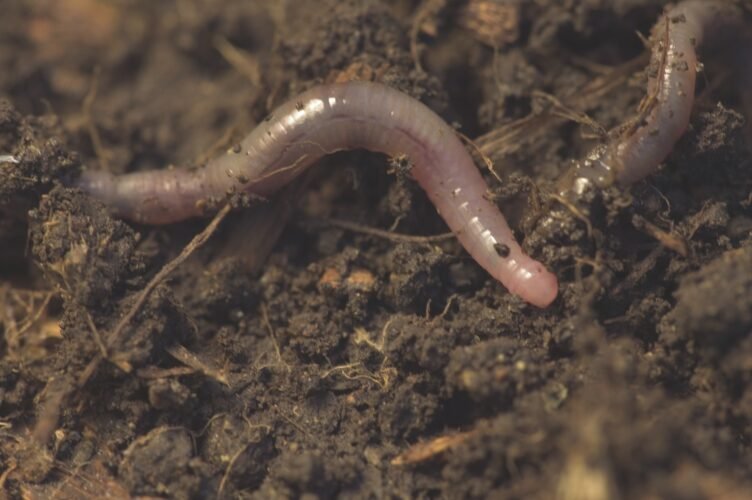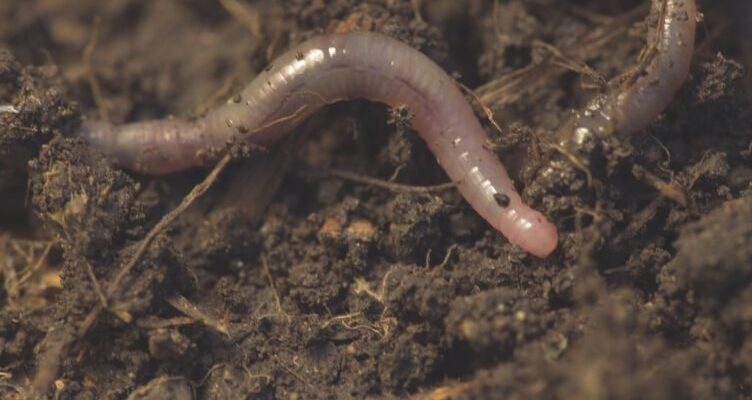
Imagine a tiny little farmer working diligently underground. These unsung heroes of the soil help break down organic matter, improve soil structure, and enhance nutrient availability. Honestly, using earthworms to rehab depleted soils is like inviting a team of personal trainers to whip your garden into shape. In this article, we’ll explore how these little squirmy creatures can revitalize your soil and, ultimately, your plants.
Why Earthworms Matter
You might be wondering, why should we care about earthworms in the first place? Well, these creatures are more than just bait for fishing; they play a crucial role in maintaining soil health. Earthworms help with aerating the soil, allowing water and nutrients to penetrate deeper. This is especially vital in compacted soils where roots struggle to grow.
For instance, in a garden with poor drainage, earthworms can create channels as they move through the soil. This not only increases aeration but also helps prevent rot in plant roots. Plus, they munch on organic matter, breaking it down into nutrient-rich castings, which are essentially nature’s fertilizer. Think of earthworm castings as a gourmet meal for your plants!
Another important point is earthworms improve the biodiversity of the soil. A healthy ecosystem with a variety of organisms contributes to resilience against pests and diseases. So, by introducing earthworms into your soil, you’re not just benefiting your plants but also promoting a thriving ecosystem beneath the surface.
How Earthworms Rehabilitate Depleted Soils
Now, let’s break down exactly how these little guys work their magic. Earthworms consume organic matter, like decaying leaves and plant material, as they tunnel through the soil. As they digest this material, they excrete nutrient-dense castings that enrich the soil. This process is known as *vermicomposting*.
When you add earthworms to depleted soil, you’re essentially kickstarting the nutrient cycle. You might be surprised to know that worm castings contain up to seven times the nitrogen, phosphorus, and potassium content compared to regular soil. This means your plants are getting a power-packed boost just by having earthworms around.
Moreover, as earthworms burrow, they mix the soil layers, which helps distribute nutrients evenly throughout. This mixing action improves soil structure, leading to better water retention and drainage. It’s like giving your soil a complete makeover, transforming it from an unhealthy patch of dirt into a robust, thriving habitat.
Getting Started with Earthworms
If you’re eager to start using earthworms in your garden, here’s how to get going. First, you’ll want to choose the right type of earthworm. The most commonly used for soil rehabilitation are *red wigglers* (Eisenia fetida), which are efficient at breaking down organic matter and thriving in compost.
You can either collect worms from your garden or buy them from a gardening store. If you’re collecting them yourself, make sure to do it after a rain when they are closer to the surface. Remember, these worms need a moist environment, so keep that in mind as you gather them.
Once you have your worms, it’s time to introduce them to your soil. Simply mix them into the top layer of the soil where they can quickly start working their magic. The best time to do this is during the spring or fall, when temperatures are moderate, and moisture levels are higher.
Creating a Worm-Friendly Environment
To ensure your new soil companions flourish, you’ll want to create a welcoming environment for them. Here are some tips:
- Moisture: Earthworms thrive in moist conditions, so keep the soil damp, but not soggy.
- Organic Matter: Add compost, decaying leaves, or grass clippings to provide food for the worms.
- Temperature: Earthworms prefer a temperature range of 50°F to 80°F. Avoid extreme heat or cold.
- No Chemicals: Avoid using pesticides or herbicides that can harm earthworms.
Creating a worm-friendly garden isn’t just beneficial for the worms; it also creates a healthier system for all of your plants. The more vibrant your soil community, the better everything else grows!
Common Challenges and Solutions
Even though earthworms are fantastic helpers, you might run into some issues when trying to rehabilitate your soil. Here are a few common challenges and how to tackle them:
1. **Too Dry or Too Wet Soil:** If your soil is too dry, worms can dehydrate. Make sure to monitor moisture levels. If it’s too wet, it can lead to a lack of oxygen, which is also harmful. Striking a balance is key!
2. **Temperature Fluctuations:** Extreme temperatures can kill off earthworms. If you live in an area with harsh winters, consider moving the worms indoors or using mulch to insulate the soil.
3. **Soil Compaction:** If your soil is too compacted, earthworms may have difficulty burrowing. Before introducing them, consider aerating the soil with a garden fork to help them settle in.
By being proactive about these challenges and adjusting your approach as needed, you’ll have a better chance of creating a thriving ecosystem in your garden.
Beyond Soil Rehabilitation
The benefits of using earthworms extend beyond just rehabilitating depleted soils. They also contribute to sustainable practices in gardening and farming. When you use earthworms to enrich your soil, you reduce the need for chemical fertilizers, which can harm the environment and your health.
Moreover, this method aligns beautifully with permaculture principles, promoting a self-sustaining ecosystem. As earthworms help break down organic waste, you’re essentially recycling materials that would otherwise end up in landfills. This not only reduces waste but also encourages a healthier planet.
Let’s not forget about the economic aspect. By improving soil fertility naturally, you can save money on fertilizers and boost crop yields. It’s a win-win situation for both your wallet and the environment!
Using earthworms to rehabilitate depleted soils is a simple yet powerful approach to reviving your garden or farm. These tiny creatures do more than wiggle around in the dirt; they’re key players in creating a thriving ecosystem. By improving soil health, enhancing nutrient availability, and boosting biodiversity, earthworms help set the stage for healthy plants and gardens.
So next time you think about your garden, consider bringing in some earthworm reinforcements. It’s a natural, effective way to nurture the soil and watch it flourish. Just like that caring friend who knows how to help you through tough times, earthworms can be your allies in creating a vibrant garden that thrives!

